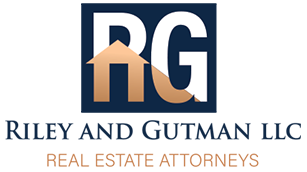The real estate cycle has four basic phases. Understanding how these phases work and identifying when the market is going through each one can elevate your ability to spot a good investment or to recognize when it’s time to move on. Let’s take a look at each of these phases.
The Recovery Phase
The recovery phase can be tricky to identify since the demand can still be low and growth might still seem flat. But by closely monitoring the numbers, you will see spikes in property viewings and a break in the downward decline. Recovery is a perfect time for flipping properties, so if that’s something you’re looking to do, finding the ideal property should be easy during this phase.
The Expansion Phase
Due to growing demand, markets are in the upward transition in the expansion phase. This is when rents are rising and vacancy is low. Investments don’t have much risk in this phase, so it’s the perfect time snag that property you’ve been eyeing for the long-term. It’s also a great time to look at new construction since new builders will be taking advantage of the opportunities.
Hyper Supply
When an economy begins to decline, and demand falls, properties become vacant and rental demand becomes scarce. If you have an investment property with solid tenants, hold on to it during this phase. There will be nervous owners looking to get rid of properties during this phase as well.
Recession
When warning signs are ignored during hyper supply, it can quickly turn into a recession. During this phase in the real estate cycle, supply is extremely high and demand is low. This is a good time to snag an investment that can be extremely profitable if you’re willing to hang in for the long haul and wait for recovery.
The real estate cycle can be confusing, but once you’ve learned to recognize the different phases, you can use it to your advantage.

